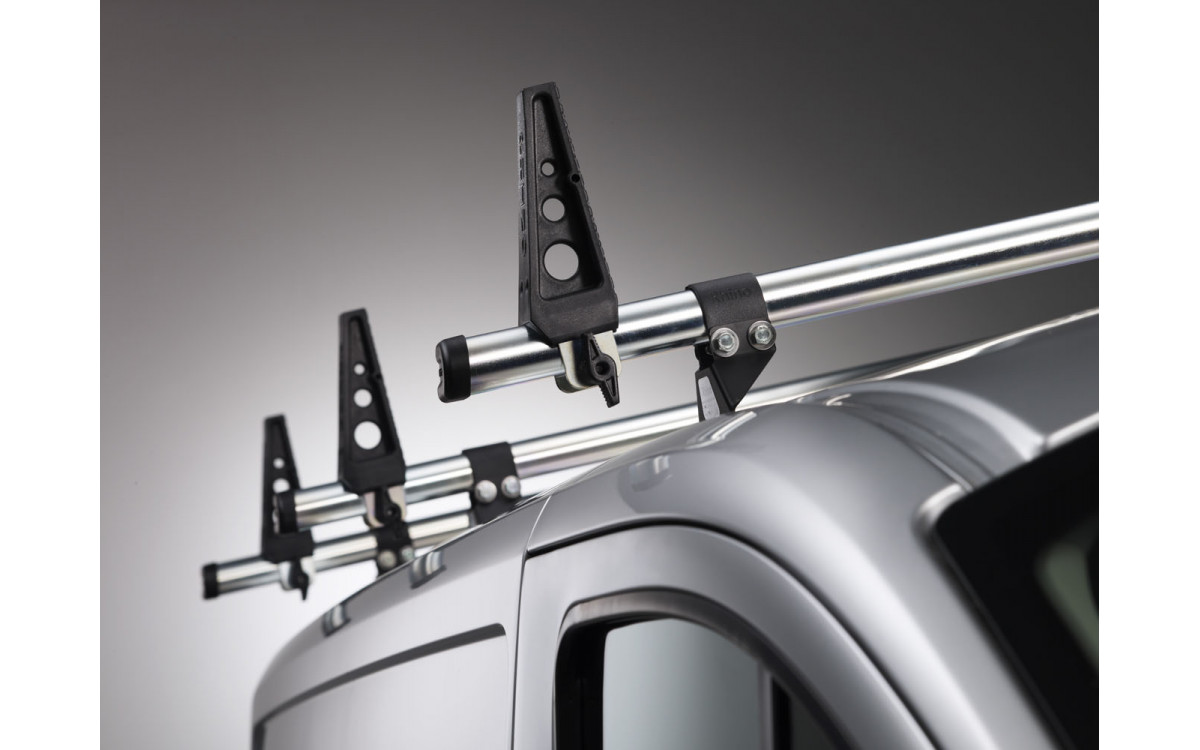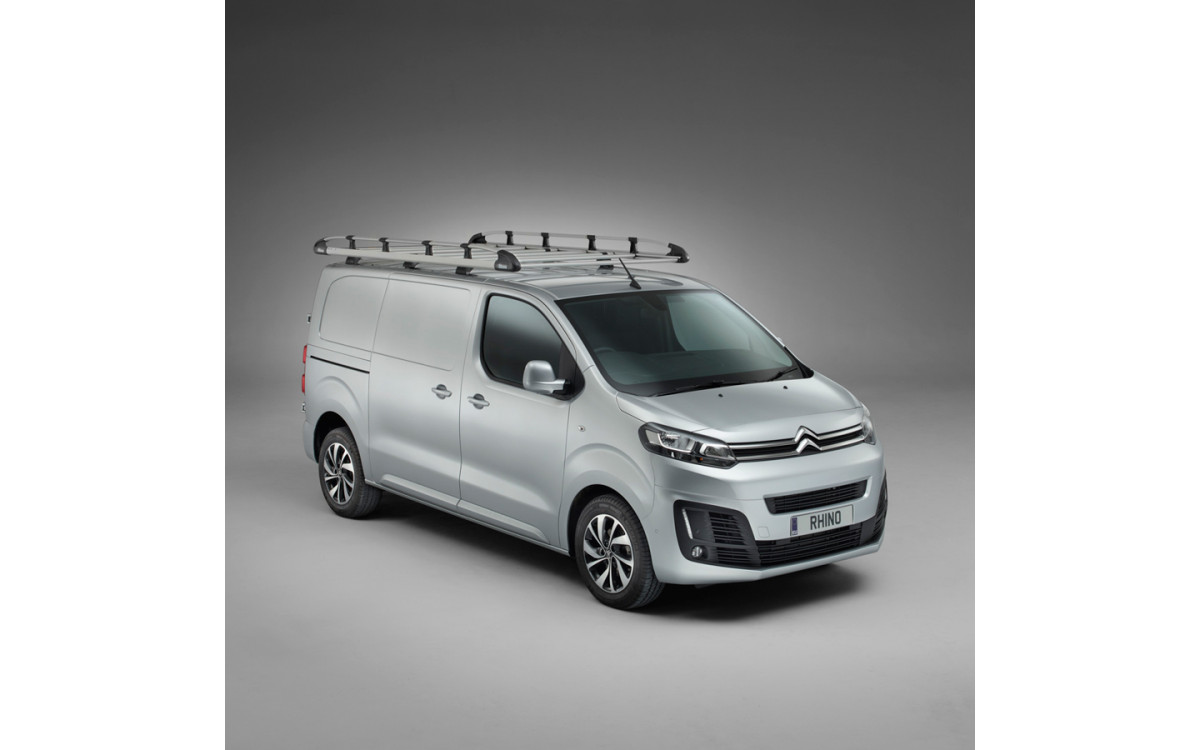Selecting the correct roof rack for your vehicle is a crucial task that demands a comprehensive understanding of various factors. The process involves recognizing your van's model, year, wheelbase length, roof height, and the type of rear doors.
With a myriad of options available in the market, the task can seem daunting. This article provides an in-depth guide on how to navigate through these considerations and make an informed decision.
It aims to simplify the process, ensuring you select a roof rack that is not only compatible with your vehicle but also easy to install.
Understanding Your Van Model and Year
Understanding the specific model and production year of your van is a crucial aspect in ensuring the correct fit of your roof rack. Knowledge of the exact model, such as a Ford Transit or Vauxhall Vivaro, allows for a precise match with rack specifications. Equally, the production year is vital as design changes over time mean different models within the same line may require different racks.
For instance, a 2014 Vauxhall Vivaro differs from a 2018 model. To avoid confusion, it's advisable to compare your van to pictures of different model years. Ordering a roof rack based on correct model and year will ensure compatibility, maximizing safety and functionality while avoiding potential damage to your vehicle.
Determining the Wheelbase Length
One crucial step in securing the correct roof rack for your van involves accurately determining your vehicle's wheelbase length.
- The wheelbase is the distance between the center of the front and rear wheels.
- The wheelbase length can impact the compatibility and fit of the roof rack.
- It is typically classified as short (SWB), medium (MWB), long (LWB), or even extra long (XLWB).
To measure it:
- Use a tape measure to calculate the distance from the center of the front wheel to the center of the rear wheel.
- Ensure the vehicle is on a flat level surface for a precise measurement.
Once known, ensure the roof rack you select is designed to fit your specific wheelbase length.
Identifying Your Van's Roof Height
In addition to the wheelbase, the roof height of your van plays a pivotal role in selecting the suitable roof rack.
This dimension can be categorized as low, medium, high, or extra-high, sometimes designated by an H code like H1, H2, or H3.
To determine your van's roof height, you can consult your vehicle's specifications or physically measure it from the base to the highest point.
It's important to bear in mind that these measurements are usually based on unladen vans.
Once you've identified your van's roof height, cross-check it against the specifications provided by the roof rack manufacturer.
This ensures that you select a rack that fits securely and minimizes potential risks associated with overloading or instability.
Recognizing Rear Door Types
With respect to the rear doors, your van could either have twin rear doors or a tailgate, each type influencing the selection of a suitable roof rack. Recognizing the difference is essential:
- Twin rear doors:
- Also known as barn doors.
- They swing open from the center.
- Most common on commercial vans.
Roof racks designed for this type usually allow full access to the doors.
Tailgate:
- Similar to a hatchback car boot.
- Lifts upwards to open.
- More common on passenger vans.
- Some roof racks may restrict the tailgate's full range of motion.
Compatibility:
- Always check the product description.
- Manufacturers often specify which door type the roof rack fits.
- When in doubt, consult the seller or manufacturer.
Selecting the Appropriate Roof Rack
After identifying your van's specific features, the next crucial step involves careful roof rack selection, ensuring that the chosen rack perfectly aligns with your van's model, year, wheelbase, roof height, and rear door type.
Begin by determining your van's model and manufacturing year as these factors can significantly influence the rack's compatibility.
Next, measure the wheelbase and roof height, as these dimensions can vary even within the same model.
Finally, consider your van's rear door type, as racks are designed to accommodate either twin doors or a tailgate.
Selecting the appropriate roof rack involves striking a balance between these variables.
A well-chosen rack will not only fit your van correctly but also meet your cargo carrying needs effectively and safely.
Making the Right Purchase Decision
Regularly assessing your van's specific features and needs is crucial when making the right roof rack purchase decision. Consider your van's model and year, wheelbase, roof height, and the type of rear doors.
Van Model and Year Identify your van's model and year since different versions may have varying designs.
Wheelbase Determine if your van has a short or long wheelbase which can impact the type of rack you need.
Roof Height Measure your van's roof height and select a rack that matches this dimension.
Type of Rear Doors Identify whether your van has twin rear doors or a tailgate as this will affect rack compatibility.
These steps will ensure you purchase the best roof rack for your needs.
Frequently Asked Questions
What Is the Average Lifespan of a Roof Rack and How Can I Prolong Its Usability?"
The average lifespan of a roof rack is 5-7 years. Prolong usability by regular maintenance, including cleaning, lubricating moving parts, inspecting for rust or damage, and avoiding exceeding the weight limit.
Are There Any Common Issues or Problems Associated With Specific Roof Rack Models That I Should Be Aware Of?"
Common issues with specific roof rack models can include improper fit, increased noise, impact on fuel efficiency, and potential for damage to the vehicle. Always research and choose models compatible with your vehicle's specifications to avoid such problems.
Can a Professional Installation of a Roof Rack Affect My Van's Warranty?"
A professionally installed roof rack should not affect your van's warranty. However, it's recommended to check with your vehicle manufacturer or consult your warranty booklet to make sure any modifications won't void the warranty.
What Are Some Safety Precautions I Should Take When Using the Roof Rack?"
Safety precautions when using a roof rack include ensuring correct installation, regularly checking the rack and load for stability, not exceeding the load limit, and considering the effect of load on vehicle handling and braking.
Is It Possible to Adjust or Modify the Roof Rack if My Van's Specifications Change?"
Adjusting or modifying a roof rack based on changed van specifications may be possible. However, it largely depends on the rack's design and the nature of the changes. Always consult manufacturer guidelines for safe modifications.
Conclusion
In conclusion, choosing a roof rack for a van is no less an art than a science, a symphony of model, year, wheelbase length, roof height, and rear door type.
With a keen eye and a discerning mind, one can navigate this labyrinth of characteristics to unearth the perfect rack.
This, without a doubt, is the secret to a harmonious relationship between van and rack, a testament to human ingenuity in the quest for optimal storage solutions.

















